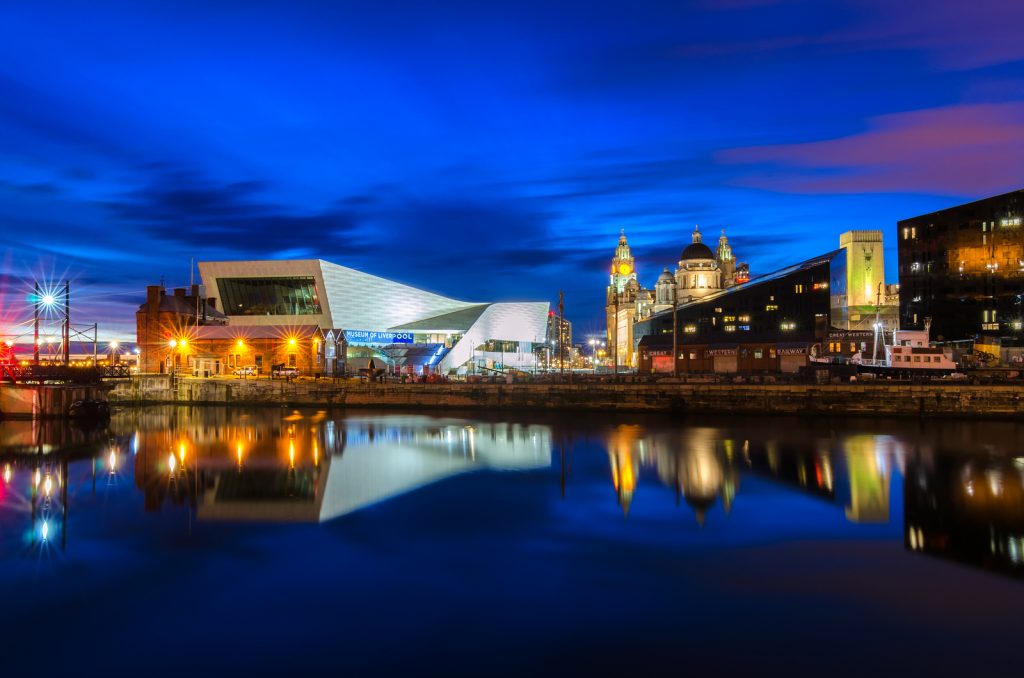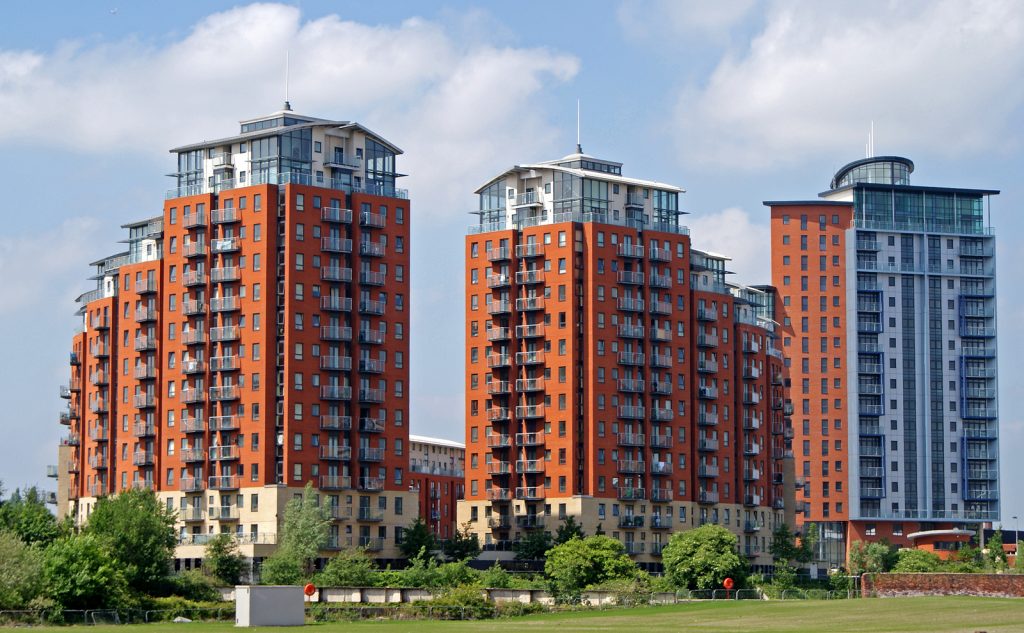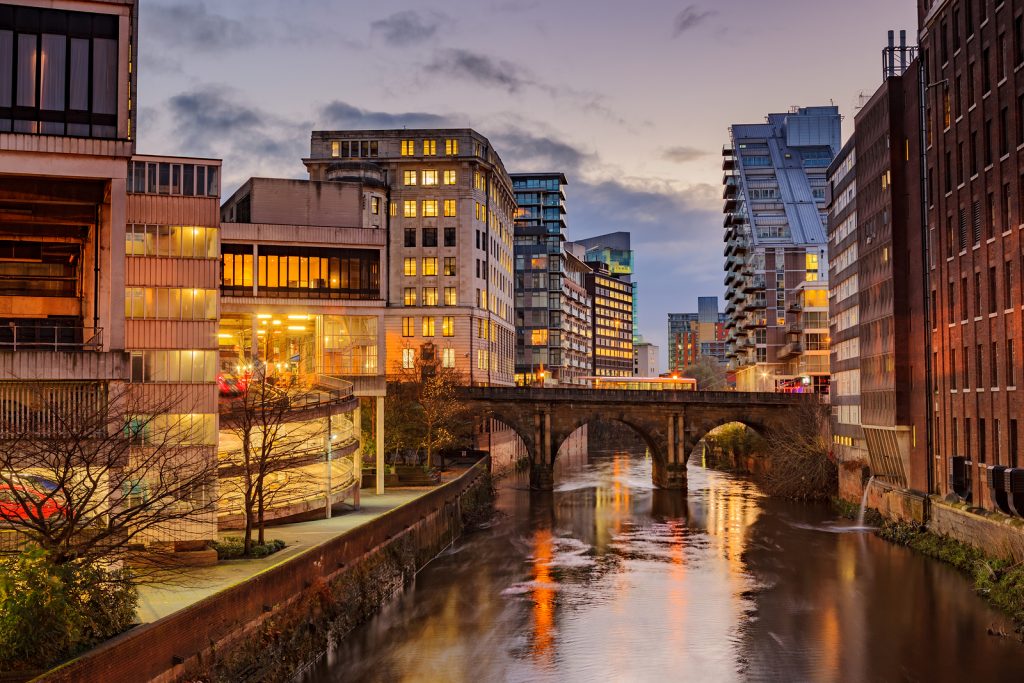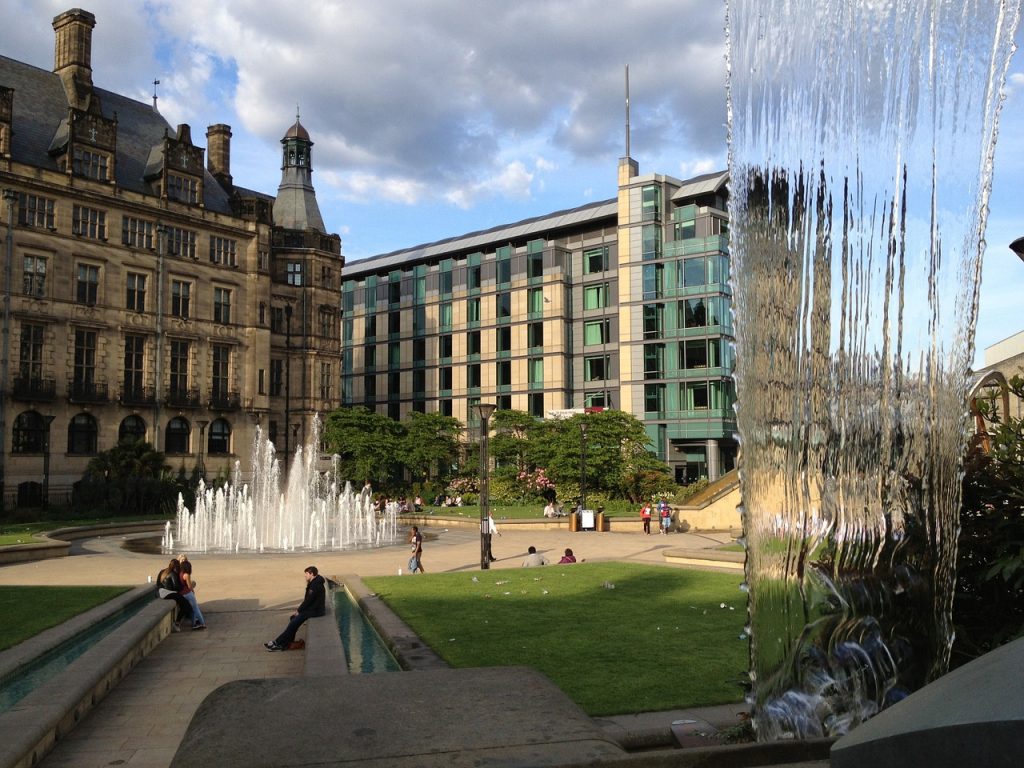
An idea that can be claimed by individuals ranging from the 1960s through to the late 1970s, a circular economy is the basis of a society recycling its resources for as long as possible; extracting the maximum possible use before recovering and regenerating the materials at the end of a service life.
This economy is an alternative to the traditional linear economy that exists today.
The basic principles of a circular economy:
But a circular economy is more than just recycling:
- A circular economy is a global economic model that embraces growth and development while ejecting the world’s need for fossil fuels.
- Additionally, the concept distinguishes and separates technical and biological materials, ensuring that they are kept at their highest value and quality at all times.
- In order to maintain the quality and value of materials, a circular economy also focuses on the effective design and use of materials so that they are optimised for maximum longevity – helping to increase technical and natural resources.
- Overall the circular economy will provide new opportunities across a range of fields and industries, from product design and business modelling to farming and biological feed stocks.
- The concept will work to establish a framework of building blocks that will constantly strive to improve for a more resilient system.
Do we need a circular economy?

Over the past 40 to 50 years, the world has become increasingly aware that not all of its resources are infinite, and the ones that aren’t are doing everlasting damage to our environment.
A circular economy provides a practical and beneficial solution to the now emerging resource crunch.
As resources such as tin and other precious metals are diminishing, becoming ever more hard and expensive to mine, it is becoming imperative that they are diverted from landfills.
According to Richard Girling, who wrote the book Rubbish! (2005), 90 per cent of raw materials used in manufacturing become waste once that the product has left the factory.
Furthermore, 80 per cent of products manufactured get thrown away in the first sixth months of their life – representing a gargantuan loss of precious metals and other minerals.
A circular economy would work to stabilise such issues by separating the need for raw materials, therefore helping to stabilise the economy and steer it away from the insecurity and danger of mining raw materials.
Do the economics of a circular economy make sense?

Of course, the economics behind a circular economy is the driving force in whether it will succeed or fail – just like any economy.
Thanks to a study by the World Economic Forum, the Ellen MacArthur Foundation and McKinsey & Company however, we are able to see that there are significant benefits of applying the concept to the real world, with the potential of being able to add roughly $1 trillion to the global economy by 2025.
That’s not to mention the potential 100,000 new jobs that could be created within the next five years.
According to the study, it is actually manufacturers who will be the first to benefit from the alternative economy due to their reliance of raw materials – offering savings of about $630 billion per year by 2025.
What are the challenges of a circular economy?

Despite there being quite a lot evidence for such an economy, there are quite a few setbacks that might hinder its progression.
For one, a scaled up circular economy will require significant backing by the Government and a co-ordinated approach by prominent world leaders.
Incentives, funding and targets shall all have to be set to promote the acquisition, refurnishing and reuse of materials. China has already set up China Association of Circular Economy (CASE) – a government-backed association to encourage growth, while Scotland has already published blueprints for its own circular economy.
Additionally, new skills will have to be developed not only within science, technology, engineering and maths, but also within design, marketing and digital industries.
Writing for The Guardian, Maxine Perella writes that:
“At a higher level, systems thinking and modelling is likely to come to the fore to help build the right frameworks and guide behaviour change.
“On a more practical level, educational outreach work with universities and secondary schools is being undertaken by various organisations such as the Ellen MacArthur Foundation and Circular Economy Australia.”
Is the UK up for the challenge?

Interestingly, according to a material flow analysis conducted by the Government led Waste & Resources Action Programme (WRAP), the UK is in fact already operating towards a circular economy with 19 per cent of domestic material input (600 million tonnes) entering the economy and being recycled (at 115 million tonnes).
Writing on its website, WRAP says that:
“The adoption of a circular economy offers considerable economic benefits; Defra calculates that UK businesses could benefit by up to £23 billion per year through low cost or no cost improvements in the efficient use of resources, whilst McKinsey estimates that the global value of resource efficiency could eventually reach $3.7 trillion per year.”
In November 2012 the UK Government released a report entitled ‘Growing a circular economy: ending the throwaway society,’ which discussed the issues surrounding the building of a circular economy.
The report, opening in its summary, said that, “the current way our economy consumes resources is not sustainable. A ‘linear’ approach—where materials are extracted, made into a product, used and discarded—wastes valuable resources and damages the environment.”
It also goes to state that although a circular economy would be a benefit to most large businesses, but that by their nature, alternative business models can be ‘disruptive’ and challenge existing market players.
Speaking in the study, Splosh Ltd, a laundry detergent business, said that:
“Many major companies have invested significant sums in brands and business models that support linear products, which may not be turned easily into circular products.
“Circular products would represent a threat to the status quo which would lead to discounting and marketing pressure from established brands.”
Other brands however, such as Marks and Spencer said that “finding practical, workable solutions to growing a circular economy depends on high-quality, multi-stakeholder collaboration,” meaning that many businesses may not have the specialist skills to apply circular economic thinking.
This issue was discussed earlier and is one of the key issues within the “basic principles” of a circular economy.
What does the future hold for a circular economy?

Although there are significant benefits and great arguments to be had for a circular economy, the future of the concept remains clouded, as in February, the EU’s Jean-Claude Juncker and withdrew the legislative package that would move Europe towards a circular economy.
Although the two men pledged for ‘better things to come’ later on in the year, Janez Potočnik, the architect of Europe’s circular economy strategy, condemned the action as a mistake:
“I don’t know why they did it, but it was really something I would never do. We systematically built the proposal, taking into account all the stakeholders.
“It was ambitious and over-arching and holistic, so I cannot now say what I would like to see in the proposal this year. I will carefully follow and hope they will be able to deliver something.”
The package, which included a ban on sending recyclable materials to landfill by 2025, was put together over a four-year period.
